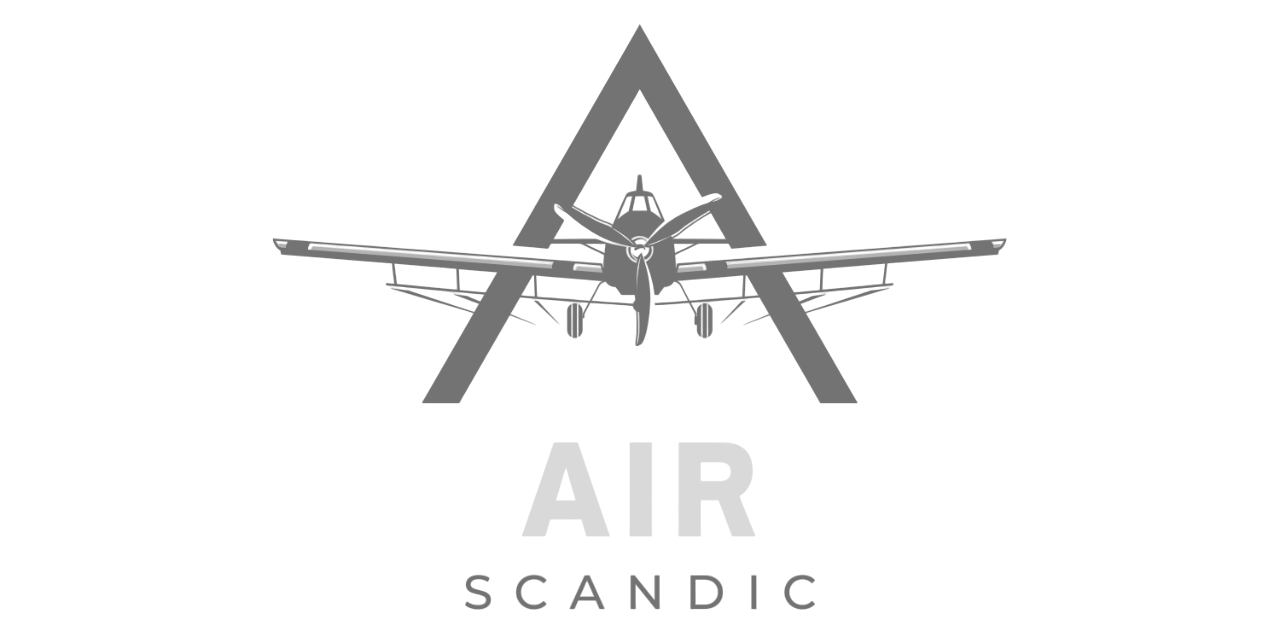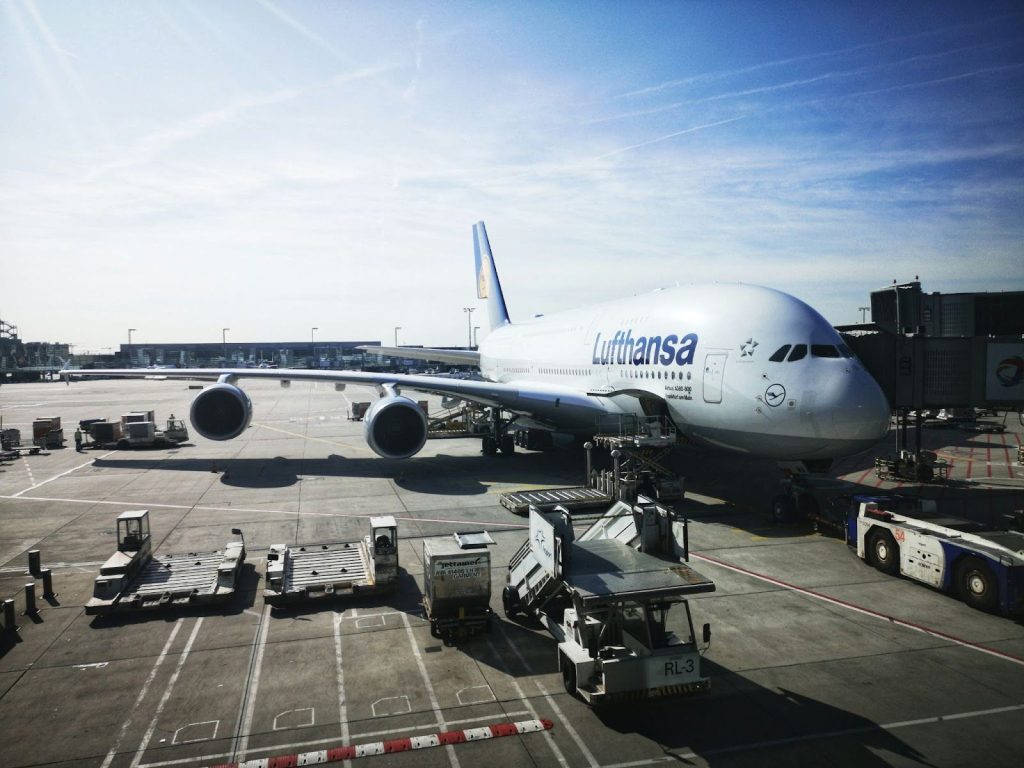Since aircrafts are one of the fastest growing sources of emissions, it is also an industry that is steadily waking up to the reality of its contribution. Among potential innovations, one of the strongest is the introduction of Sustainable Aviation Fuels (SAFs). These are fuels made from renewable resources including used oils, biomass and even algae to mention but a few and are more preferable to the traditional fossil fuels. What’s truly exciting is how SAFs could transform the future of aviation models, especially when we think about the large airplane models like Boeing’s 777 or Airbus’ A350, which are the backbone of global air travel.
Currently, the increased demand for cutting the carbon impact on aviation is in higher demand than ever before. SMA jet fuel continues to be produced from crude oil and causes a significant volume of CO2 emissions to the environment. SAFs on the other hand are engineered to reduce emissions by at least half at various stages in their life cycle. Their use can potentially reduce emissions by between 70-80%. Nonetheless, SAFs are still not widely used and much work will need to be done to further proliferate their usage, and lower cost.
Looking at the aviation model, large airplane models are key players in this transition. These planes which are usually used in long distance flights use a lot of fuel. For instance, the Boeing 787 Dreamliner and Airbus A380 have more efficient engines and lightweight material for construction but by incorporating SAFs their efficiency may hit another level. Some airlines are already using SAFs in some of their flights. In fact, several large airplane models have successfully flown using SAFs, including an Airbus A350 that recently completed a long-haul flight powered solely by this cleaner fuel.
As it is seen, there are several shortcomings in the implementation of safe areas for its application: Diffuse production and distribution infrastructure for such fuels is still lacking. At the moment, SAFs are blended with conventional jet fuel in small proportions, but the required volume needs to be produced in order to be used. However, there’s the question of cost, and again, SAFs vary greatly in price compared to conventional fuels but for now they are still costly; the price is expected to come down as the technology is developed and as more entities come on board.
As to the future of aviation, it will rely on multiple technologies, which unveils the SAFs as the true game changer. As more airlines, airplane manufacturers, and governments invest in this technology, we could soon see large airplane models flying farther, faster, and more sustainable than ever before. For the passengers this concept means that you might begin a flight with an assurance that your trip transmits a minimal effect to the environment.
FAQs
How do SAFs affect large airplane models?
SAFs can be incorporated in the large airplane types such as the Boeing 777 and Airbus A350 hence creating long haul flights more sustainable.
Are SAFs in use today during commercial flights?
Indeed, there are already some airlines that incorporate SAFs on some of their routes and have intentions of applying it to other routes as well once it becomes more available as well as the structure behind it.
Are SAFs capable of fully displacing standard jet fuel?
Not yet. SAFs are currently blended with conventional jet fuel, but future advancements aim for 100% SAF usage in large airplane models.
What causes SAFs to cost more than the conventional jet fuel?
At the moment, SAF production can be characterized as rather incipient, the industry is still in its embryonic stage, and the production costs of SAFs are significantly high. Borrowing a leaf from demand and technology, it is estimated that cost will progressively reduce.

